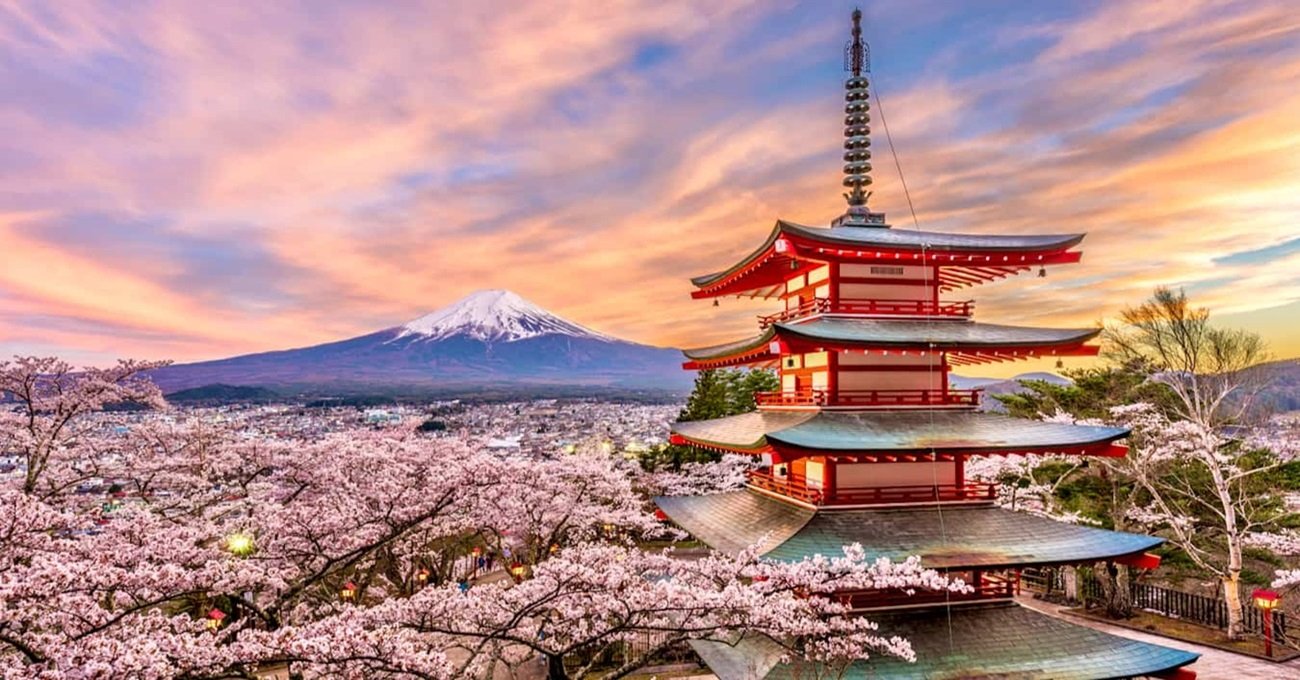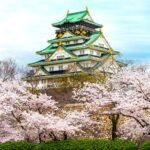
- arrow_back Home
- keyboard_arrow_rightBest time to travel to Japan
Best time to travel to Japan

Best time to travel to Japan, a country of breathtaking contrasts and unparalleled beauty, offers a rich tapestry of experiences that change dramatically with the seasons. Whether you’re captivated by the delicate pink sakura (cherry blossoms) of spring, the vibrant reds and golds of autumn leaves, the snow-draped landscapes of winter, or the sun-soaked festivities of summer, determining the best time to travel to Japan hinges on what you wish to see and do. This guide aims to illuminate the distinct allure of each season, offering insights into the optimal times for various activities, ensuring your trip to Japan is nothing short of spectacular.
Spring (March to May): A Symphony of Sakura
Spring in Japan is synonymous with the fleeting beauty of cherry blossoms. The nation transforms into a canvas of soft pink hues, with locals and tourists alike gathering under sakura trees for hanami (flower viewing) parties. Tokyo, Kyoto, and Osaka are popular for their urban blossom spots, but quieter locales like Hirosaki or Himeji offer equally stunning vistas without the crowds. Beyond cherry blossoms, spring is a time of comfortable temperatures and minimal rainfall, ideal for exploring outdoor attractions like the historic temples of Kyoto or the bustling streets of Shibuya in Tokyo.
Summer (June to August): Festivals and Fireworks
The Japanese summer, though hot and humid, is a period of exuberant festivals and fireworks displays. The Gion Matsuri in Kyoto, one of Japan’s most famous festivals, takes place in July, featuring elaborate floats and traditional garb. August’s Obon Festival, with its Bon Odori dances and lantern floating ceremonies, offers a poignant glimpse into Japan’s spiritual heritage. For those willing to brave the heat, summer is an exhilarating time to experience Japan’s lively street life and vibrant cultural traditions.
Autumn (September to November): A Kaleidoscope of Koyo
Autumn is arguably one of the best times to travel to Japan, as the landscapes are awash with the fiery colors of koyo (autumn leaves). The weather is refreshingly cool and clear, providing perfect conditions for hiking in destinations like the Japanese Alps or Nikko. Gardens and temples, particularly in Kyoto, become even more picturesque against the backdrop of autumn foliage. This season also offers a bounty of harvest festivals and the chance to savor seasonal delicacies like persimmons and sweet potatoes.
Winter (December to February): Snowscapes and Onsen
Best time to travel to Japan : For winter sports enthusiasts, the snowy regions of Hokkaido and the Japanese Alps present world-class skiing and snowboarding opportunities. The Sapporo Snow Festival in February showcases spectacular ice and snow sculptures, while the Jigokudani Monkey Park offers the unique sight of snow monkeys soaking in natural hot springs. Winter is also an excellent time to experience onsen (hot springs) across Japan, from the remote baths of Hakone to the historic inns of Kyushu, providing a warming respite from the cold.
Travel Tips for Every Season
Regardless of when you visit, a few tips can enhance your journey:
- Advance Planning: Popular festivals and cherry blossom spots can get crowded. Book accommodations and secure tickets for major attractions well in advance.
- Pack Accordingly: Weather can vary significantly by season and region. Layering is key, as is bringing appropriate gear for activities like hiking or snow sports.
- Embrace Local Customs: Participate in seasonal activities and festivals to fully immerse yourself in Japan’s rich cultural tapestry. Whether it’s hanami in spring or koyo viewing in autumn, embracing these traditions can deepen your connection to this fascinating country.
Summary
The best time to travel to Japan depends largely on your interests and what you wish to experience. Each season offers a unique array of sights, tastes, and festivals that cater to different preferences. By aligning your travel plans with Japan’s seasonal highlights, you’re guaranteed a journey filled with wonder, discovery, and a deeper understanding of this dynamic country’s culture and natural beauty.
Popular
- Thailand
- Vietnam
- Dubai
- Bali
- Autour du globe
- Terms-conditions
- Contacts
- Privacy-policy
- About US
About us
Are you ready to trade the everyday for extraordinary experiences? This travel blog is your one-stop shop for crafting the perfect summer escape.
Contact us : info@coyotrip.com











